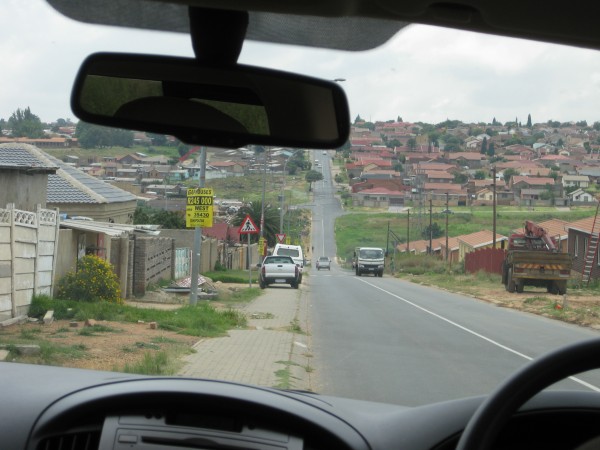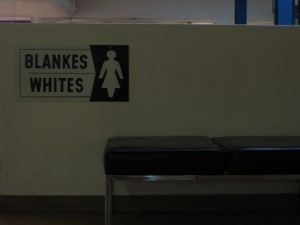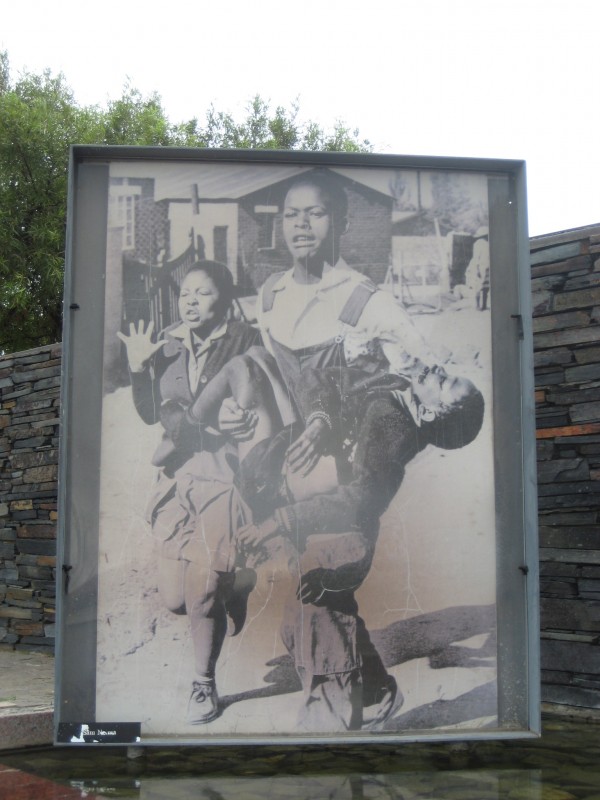South Africa. History.101

The most interesting part of visiting South Africa is definitely learning more about the country’s history. Johannesburg is not the most attractive city but let me tell you that it’s comparable to visiting a museum. It’s safe to say that most of us are aware of the apartheid, at a minimum. We know that there was segregation between the white and the black population. And until Nelson Mandela came to power in the 1990’s, there was a lot of oppression against the black population. The best part of being in Johannesburg was to get the opportunity to really understand what happened and how people felt about it.
Let’s start from the beginning. Johannesburg became popular after an Aussie discovered gold mines in the area in 1886. This is when Europeans (primarily Dutch and English) began flooding the city and the mining industry began to boom. Since the Dutch were the first to settle in the country, the Afrikaans language was enforced mainly because they were afraid of losing their power with the overwhelming number of English immigrants and schools. It’s safe to say that Afrikaans is an adapted version of Dutch.

SOWETO, a neighbouring city of Johannesburg is a town filled with such history. It stands for SOuth WEstern TOwnship. It’s where Nelson Mandela lived and where the famous Orlando stadium is located. Nelson Mandela’s ex-wife Winnie still actually lives there. It’s in SOWETO where black men coming from villages would stay when they arrived in Jo’burg to work in the mines. Most men left their villages to stay in the township’s hostels while their families stayed back home. SOWETO unfortunately welcomed a flux of people in 1948 when the Afrikaans National Party took power and began evicting the black population from Johannesburg. That’s when segregation officially began in South Africa, meaning that the whites and blacks would be treated differently for almost the following 50 years. They were required to travel with a dom pas  (dumb pass in English) every time they stepped out of their designated areas. They were not allowed to simply walk in the streets of Jo’burg. If they were caught without the dumb pass, they were automatically arrested. The police or white people could request to see the dumb pass at any given time.
(dumb pass in English) every time they stepped out of their designated areas. They were not allowed to simply walk in the streets of Jo’burg. If they were caught without the dumb pass, they were automatically arrested. The police or white people could request to see the dumb pass at any given time.
SOWETO gained negative popularity on June 16, 1976 when a student protest erupted in gun shots after the National Party wanted to set Afrikaans as a mandatory language to be taught in schools. Unfortunately, that day is now remembered by all South Africans due to not only the event but an infamous picture of Hector Pieterson. The older boy carrying him went on exile soon after that picture was taken and the girl is his sister. She now works at the Hector Pieterson museum.
If you’re heading to Johannesburg for one reason or another, do make sure to make a stop in SOWETO. I would strongly recommend booking a B&B and spend a few nights there.





